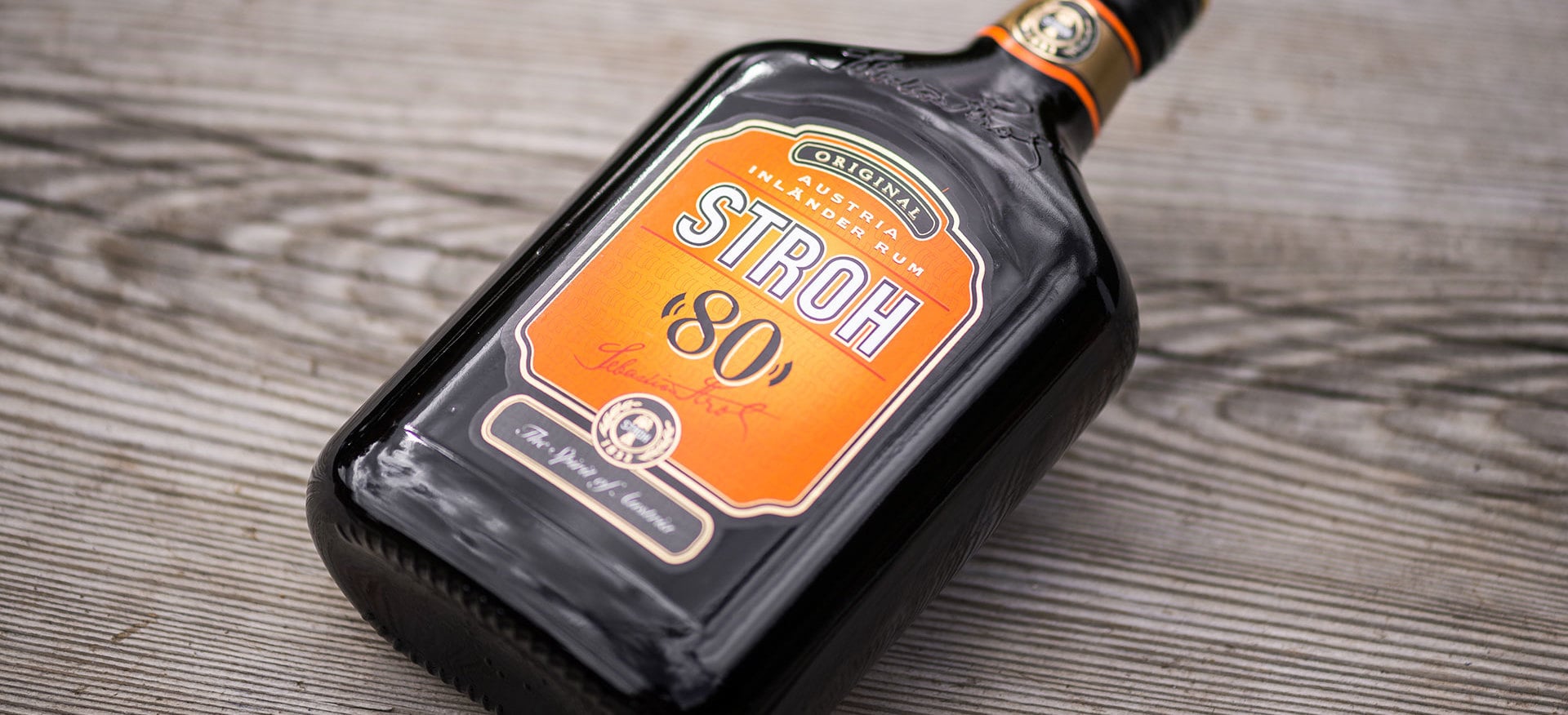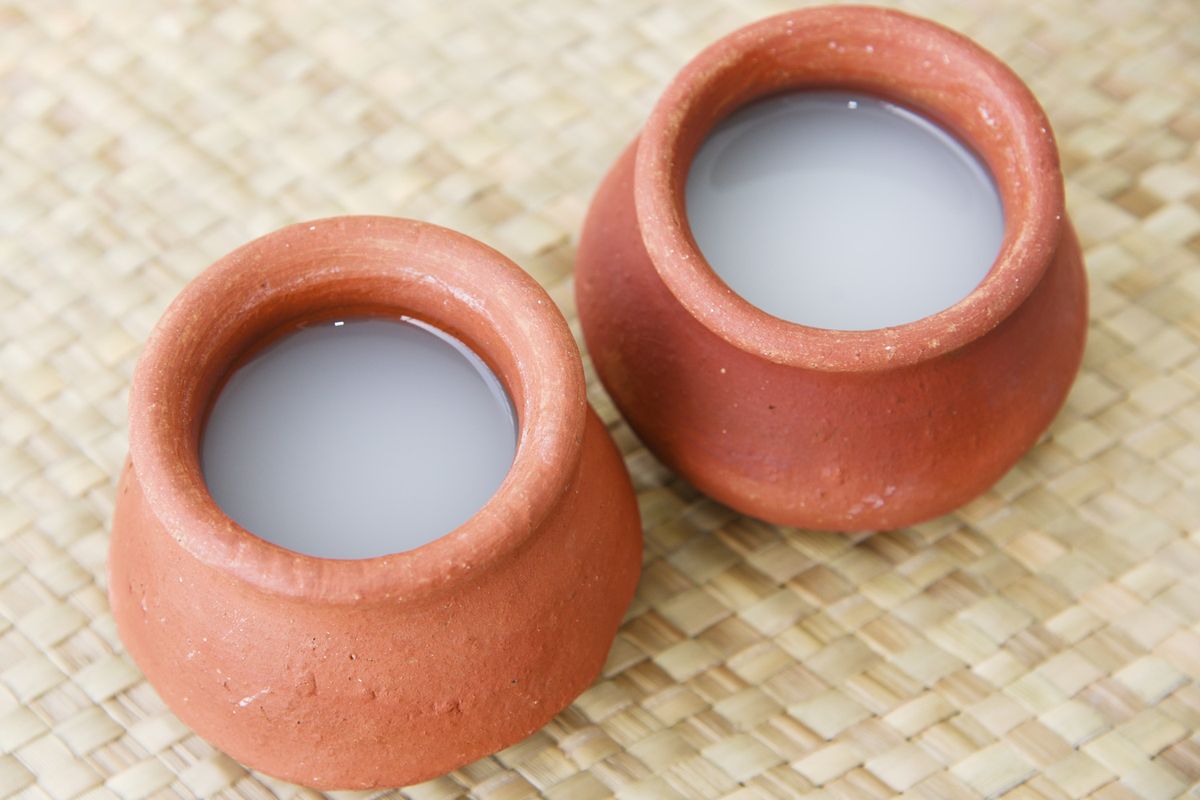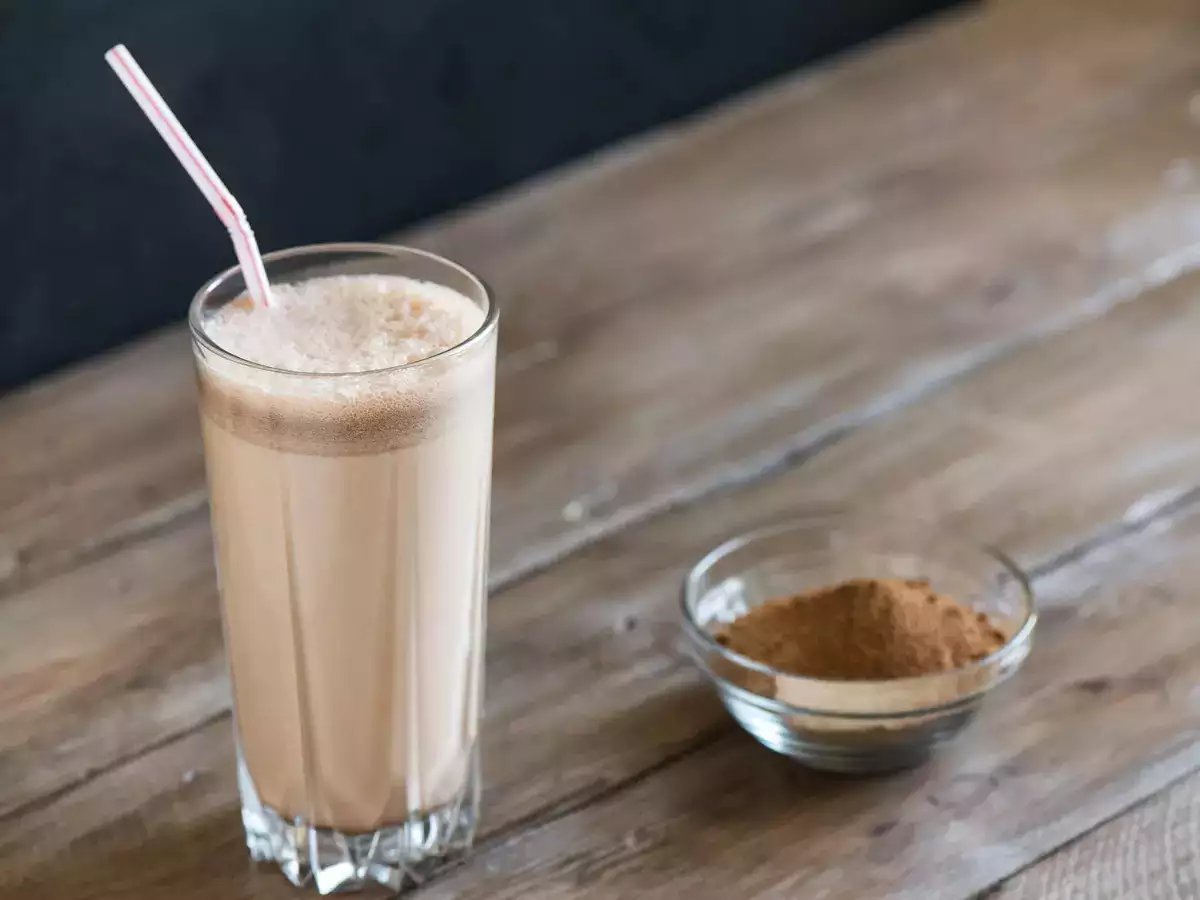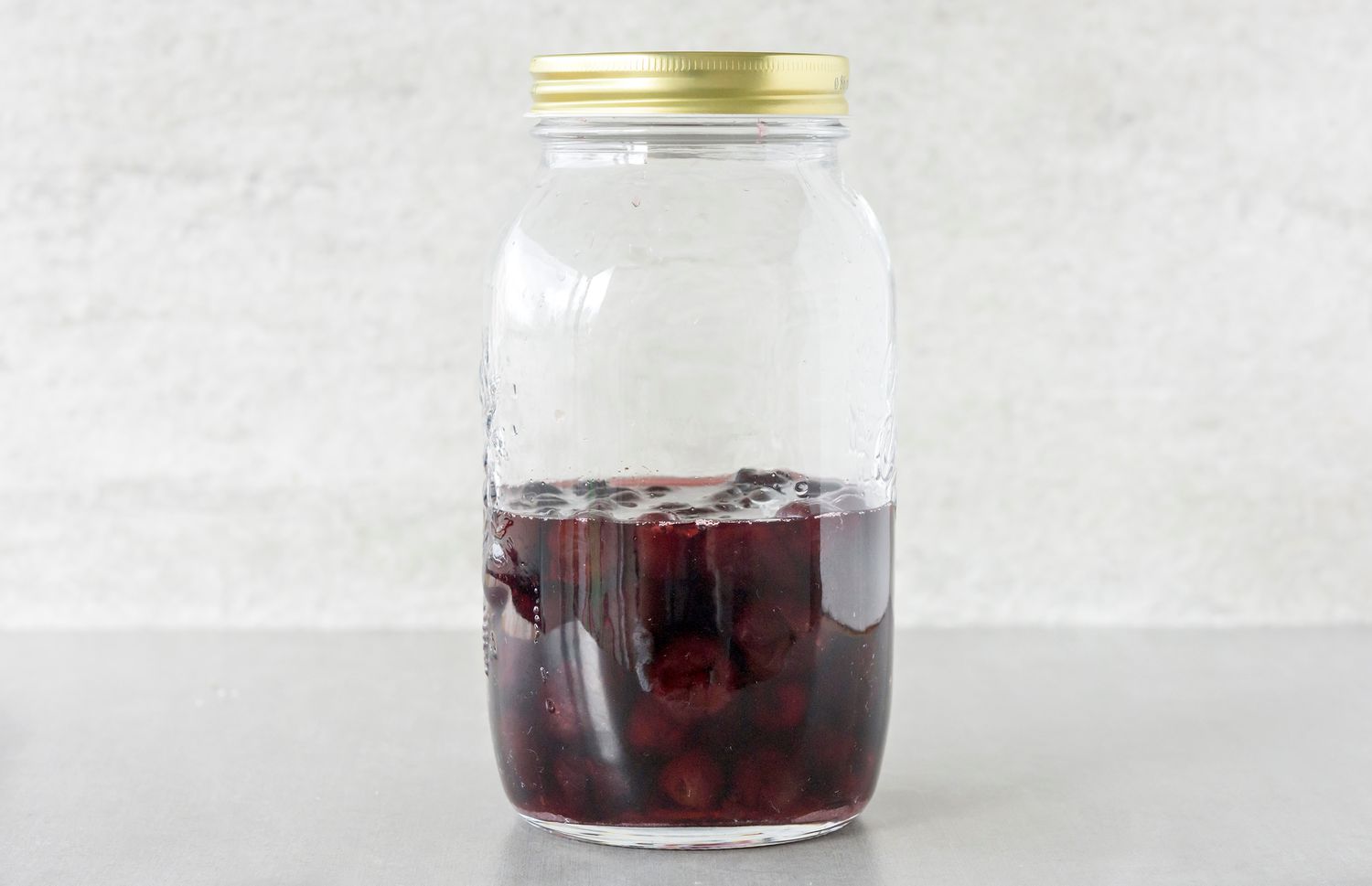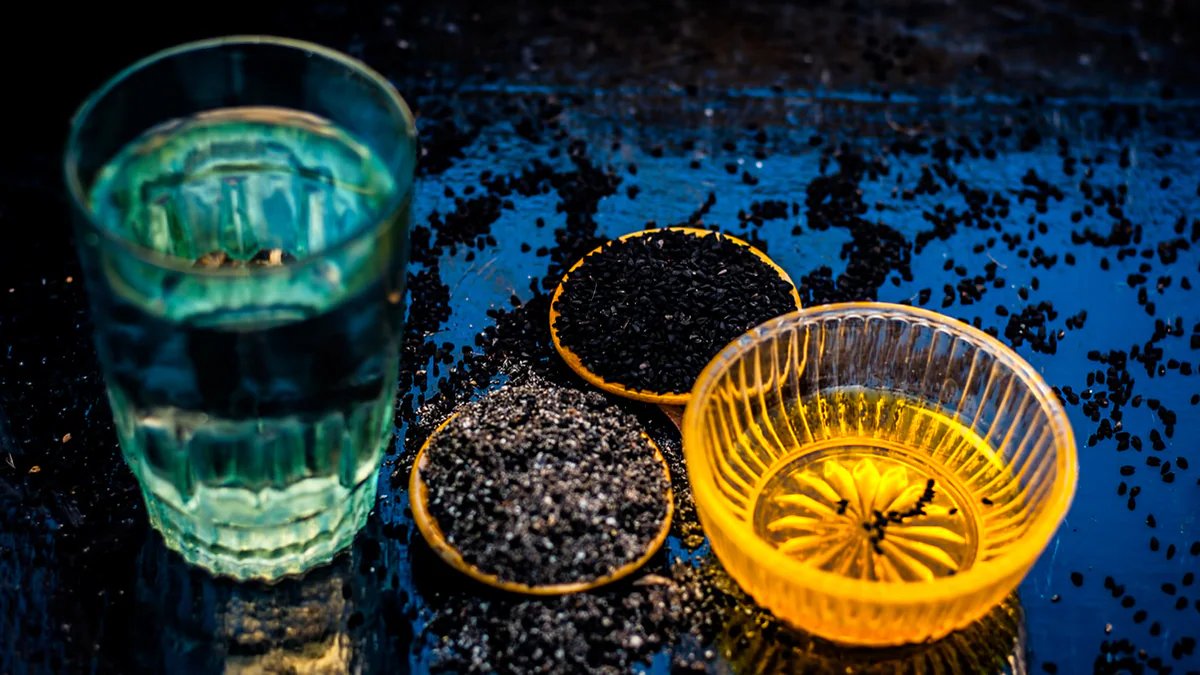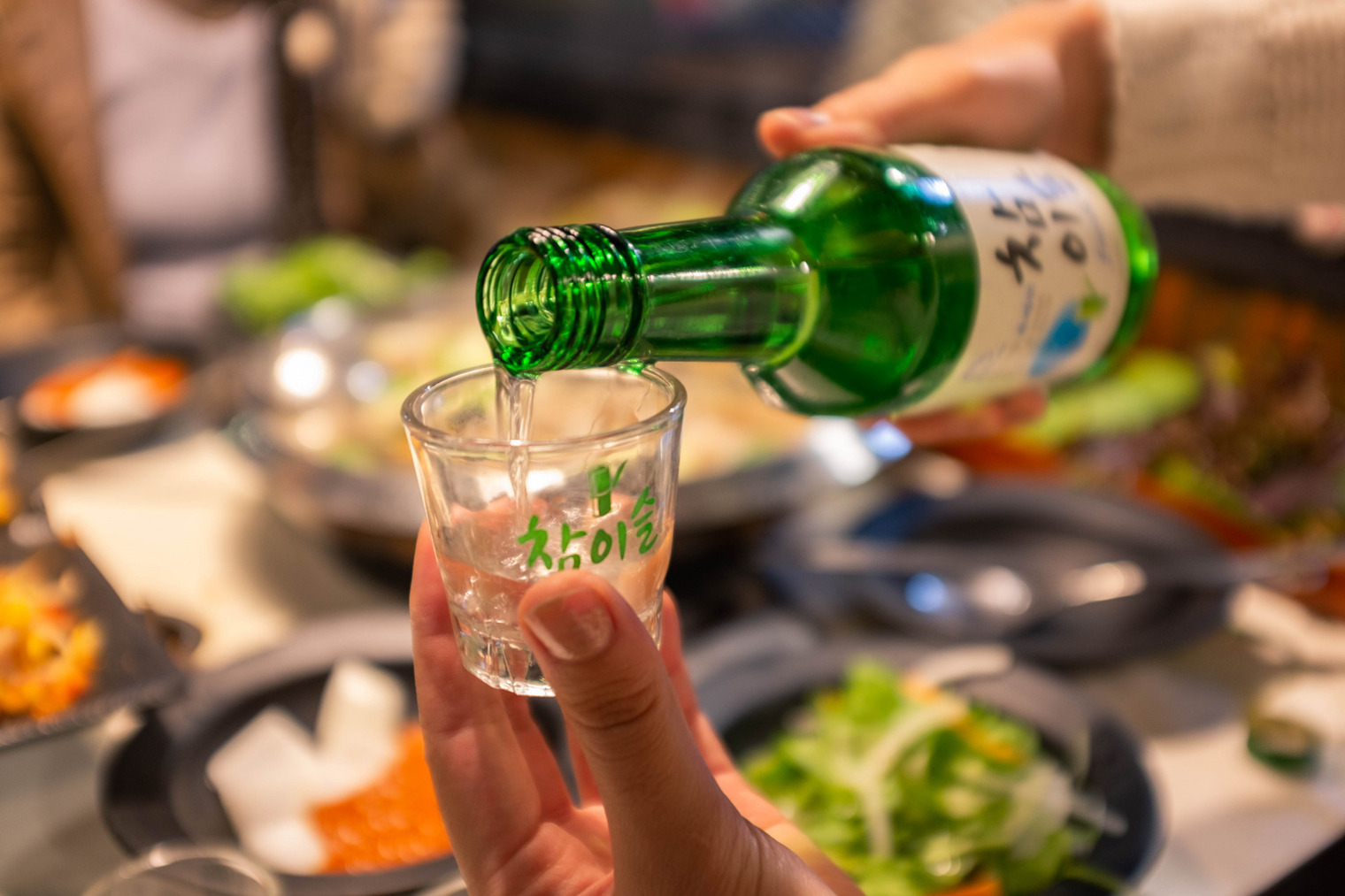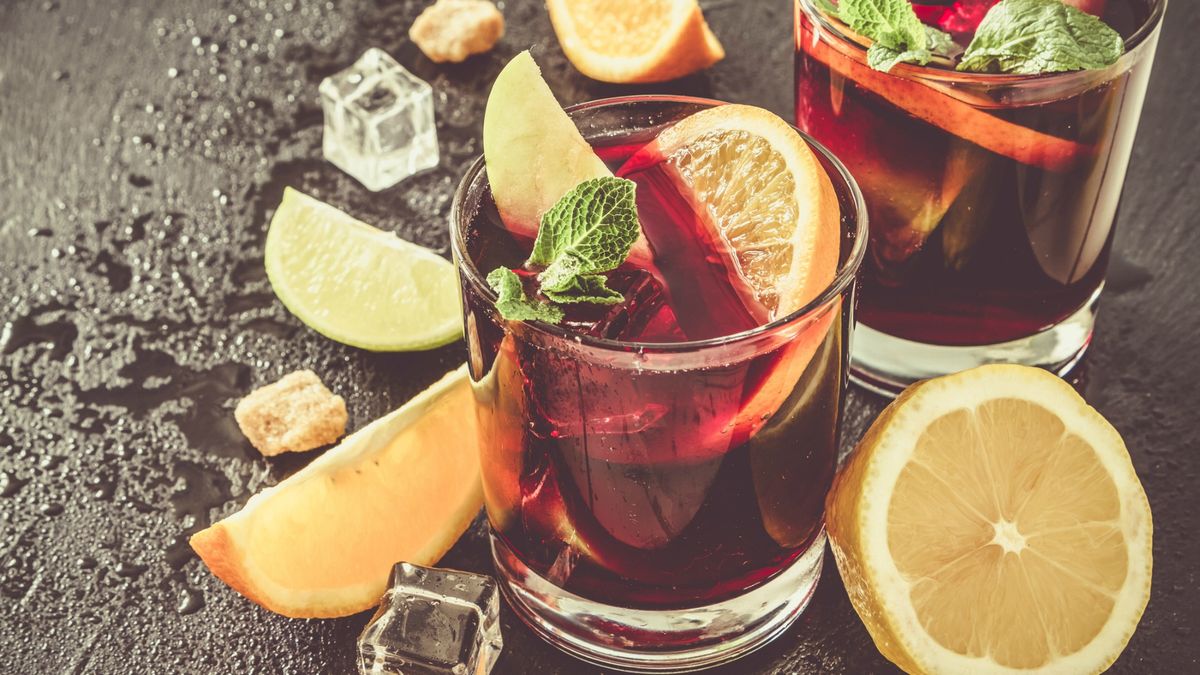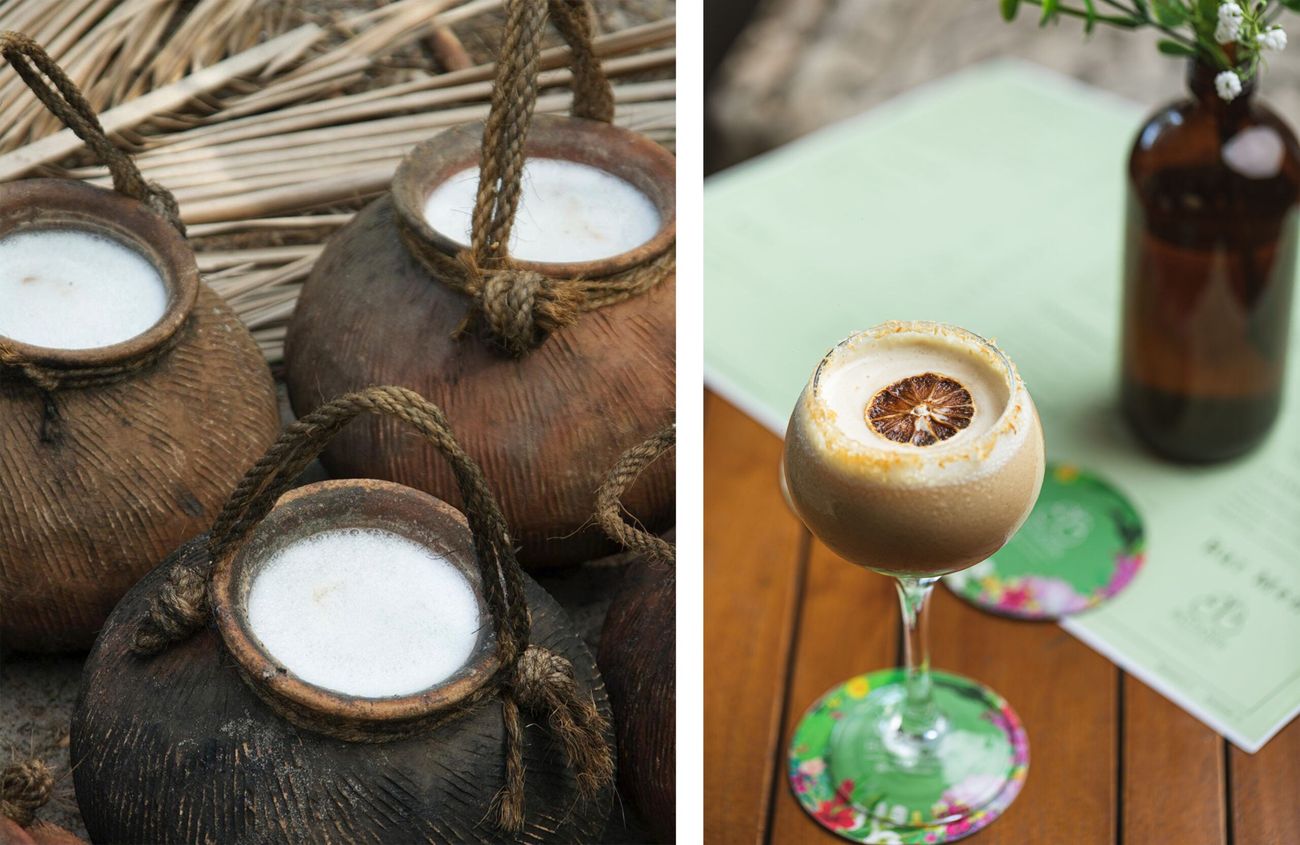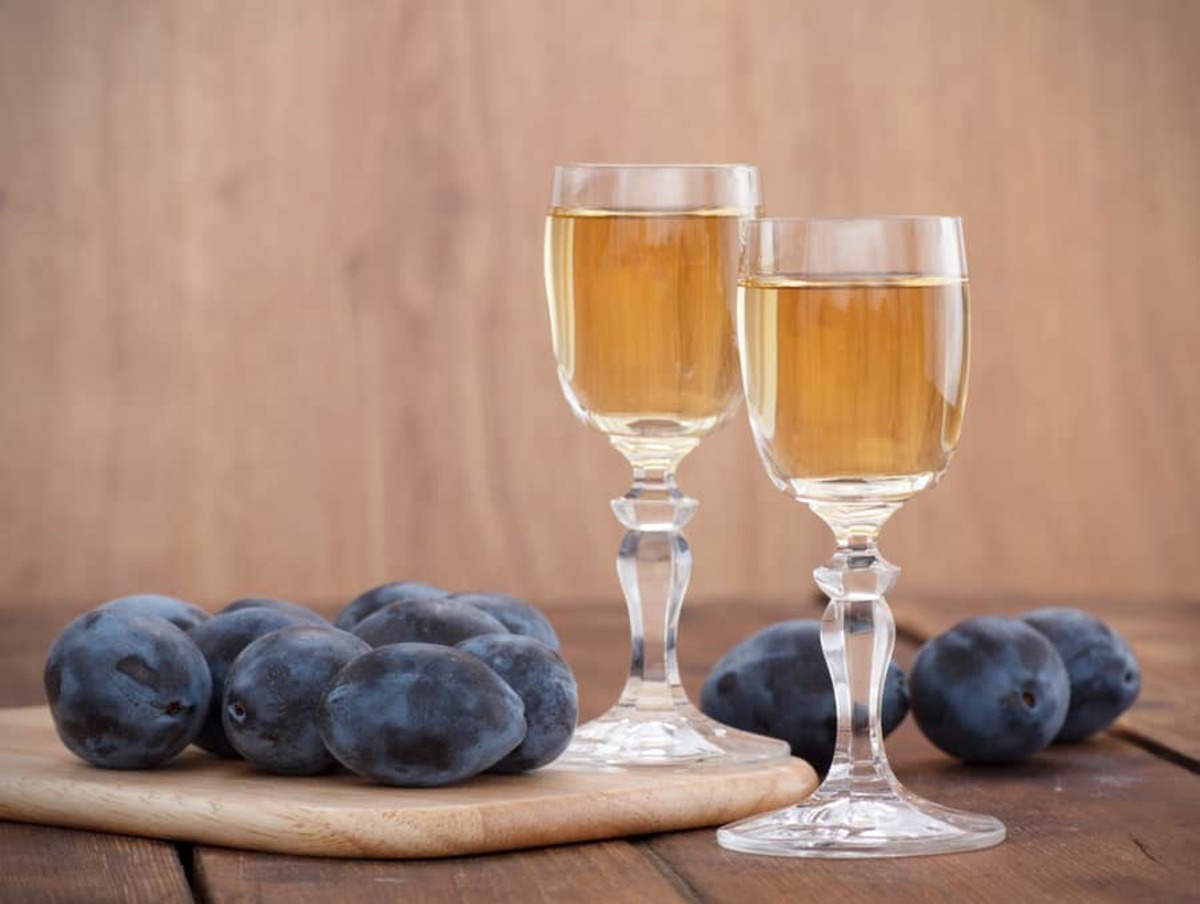Experience the Art of Japanese Tea Drinking
Drinking tea is not just a routine in Japan, it is an art form that has been perfected over centuries. The Japanese take their tea seriously, and the traditional Japanese tea ceremony, known as “chanoyu” or “sado,” is a beautiful and intricate ritual that embodies harmony, respect, purity, and tranquility.
Choosing the Right Tea
When it comes to Japanese tea, there are several varieties to choose from, each with its own unique flavor and aroma. Some popular options include:
- Matcha: A finely ground green tea powder that is whisked into hot water to create a frothy, vibrant green beverage.
- Sencha: A steamed green tea with a refreshing, grassy flavor.
- Genmaicha: A blend of green tea and roasted brown rice, known for its nutty taste and toasty aroma.
Preparing the Tea
Once you have selected your preferred Japanese tea, it’s time to prepare it in the traditional manner. Here’s how to do it:
- Boil the Water: Heat fresh, cold water in a kettle until it reaches the appropriate temperature for the specific type of tea you are using. For example, matcha is best prepared with water that is around 175°F (80°C).
- Measure the Tea: Use a bamboo scoop, known as a “chashaku,” to measure the appropriate amount of tea powder or leaves.
- Whisk or Steep: Depending on the type of tea, you will either whisk the matcha powder into the hot water until it becomes frothy or steep the tea leaves for the recommended amount of time.
Serving and Enjoying
Japanese tea is typically served in small, handle-less cups that allow the drinker to savor the aroma and warmth of the tea. When receiving the cup, it is customary to bow slightly as a sign of respect and gratitude. As you sip the tea, take a moment to appreciate its flavor and the peacefulness of the moment.
Pairing with Japanese Sweets
Japanese tea is often enjoyed with traditional sweets, such as “wagashi,” which are delicately crafted confections made from ingredients like sweet bean paste and mochi. The combination of bitter tea and sweet treats creates a delightful balance of flavors.
Conclusion
Drinking tea Japanese style is not just about consuming a beverage; it is a holistic experience that engages all the senses and fosters a sense of mindfulness and tranquility. Whether you are sipping matcha in a traditional tea ceremony or enjoying a casual cup of sencha with friends, embracing the art of Japanese tea drinking can bring a sense of calm and appreciation to your day.
Was this page helpful?
Read Next: How To Drink The Pruvit Nat Ketones
